Search isn’t just happening on Google anymore. These days, people treat LinkedIn like a professional search engine. They’re using it to find service providers, experts, collaborators, and thought leaders.
If your LinkedIn page isn’t built for discovery, you’re missing out on visibility that should be working for you.
This guide walks you through how to use LinkedIn SEO to show up in search results, attract qualified views, and build real business momentum.
We’ll also tackle common questions like “Does SEO work on LinkedIn?” and share SEO tips for LinkedIn profiles so you can create a well-optimized LinkedIn profile that resonates with your target audience.
TL;DR
- LinkedIn is now a major search engine. People search the platform for experts, vendors, and collaborators—not just jobs. If your profile isn’t optimized, you’re invisible.
- Keyword placement is key. Optimizing your headline, About section, job titles, and content with the right keywords improves your chances of appearing in both LinkedIn and Google search results.
- Profile completeness and engagement matter. LinkedIn’s algorithm prioritizes profiles that are fully filled out and active, especially those with “All-Star” status and consistent post engagement.
- Content boosts visibility. Posts, articles, and even featured items with relevant keywords and strong engagement increase discoverability.
- Avoid keyword stuffing, stay consistent. Natural language, consistent messaging across platforms, and strategic use of hashtags beat spammy profiles every time.
What Is LinkedIn SEO—and Why It’s Now Critical
LinkedIn SEO is about optimizing your profile and content so you show up in search results, both on LinkedIn and even on Google.
In 2025, that kind of visibility isn’t a nice-to-have. It’s essential.
Every week, 65 million people use LinkedIn to search for jobs. But that’s just the beginning. People also use it to find vendors, consultants, speakers, collaborators, and industry experts.
Whether someone is a recruiter, client, or journalist, if your profile isn’t optimized, you’re not in their results.
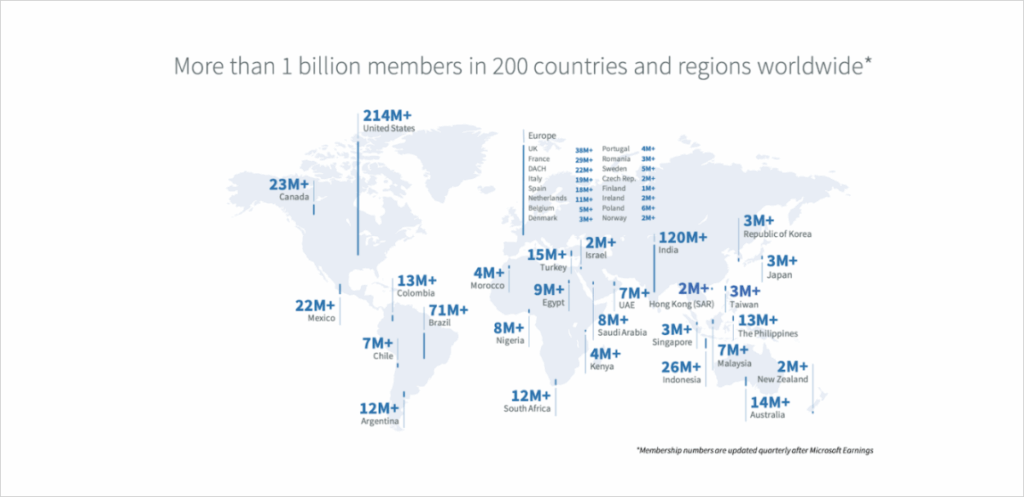
LinkedIn now tops one billion members worldwide, with its largest user bases in the United States and India and strong coverage across every continent.
And if you’re not showing up, you’re not even in the conversation.
A well-optimized LinkedIn profile helps you appear for the searches that count, by skill, title, or niche.
Your headline, About section, job descriptions, and skills all factor into what LinkedIn shows. But it doesn’t stop at your profile.
Optimized content, like posts and articles, can rank on Google too. A well-written update or article with keywords can surface outside of LinkedIn, giving you double visibility.
That reach matters. LinkedIn is one of the most trusted and targeted platforms online.
And this is backed up by data. Two-thirds of users say time spent on LinkedIn is an investment in their career—more than any other network. And 67% trust LinkedIn to protect their data, far more than Facebook, Instagram, or X.
That trust translates into results.
84% of B2B marketers say LinkedIn delivers their highest-quality leads, and 80% of all B2B social media leads come from LinkedIn.
No wonder 65% of marketing leaders plan to increase their LinkedIn investment in 2025.
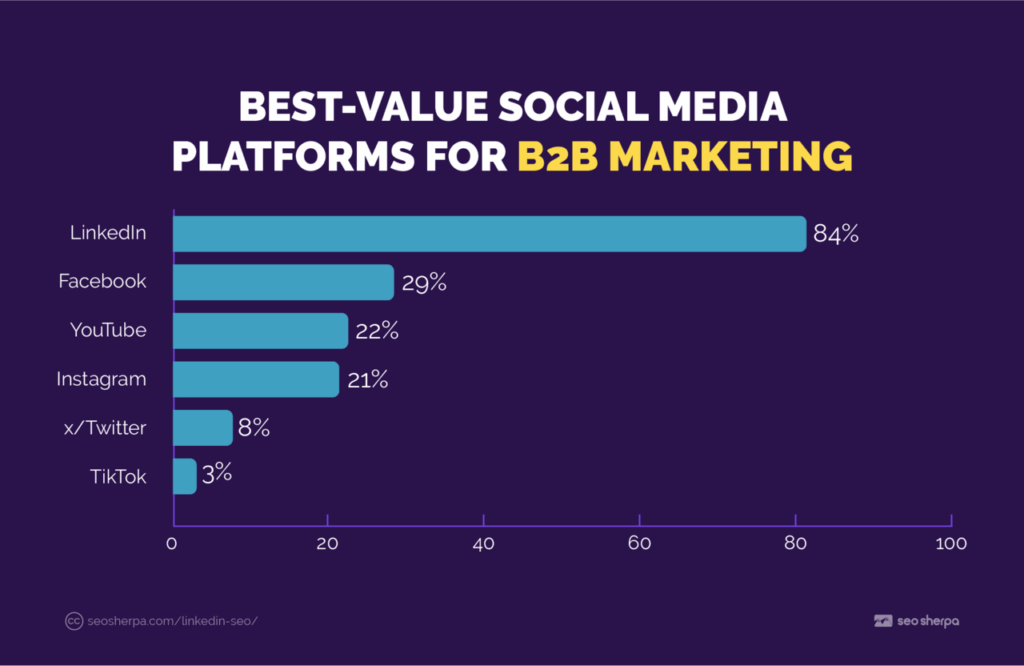
More than ever, professionals use LinkedIn as a search engine for expertise, answers, and services. And if your content isn’t optimized, you’re invisible, on LinkedIn and off it.
The Rise of Social Search and the “Everywhere” SEO Mindset
Search isn’t limited to Google anymore. People now look for answers inside the platforms where they already spend time; LinkedIn, YouTube, TikTok, Reddit, and Instagram.
Each one has become a search engine in its own right, with its own rules, algorithm, and user behavior.
Someone looking for a restaurant might search on TikTok. A buyer researching software might head straight to YouTube. A founder wanting product feedback might go to Reddit. People expect to find answers inside the platforms, not outside them.
This shift is exactly why we built the Search Everywhere Optimization framework at SEO Sherpa.
Our goal is simple: help brands get discovered across every major platform where people search. Whether it’s social, video, or marketplace, your content should follow the user, not just the channel.
Search now happens where decisions are made. If your content isn’t optimized for in-platform discovery, you’re not just losing reach. You’re losing relevance.
Search no longer starts and stops on Google. It’s happening inside the platforms where attention already lives.
Free Guide: The Complete Guide to Search Everywhere™ Optimization
Want to go deeper into platform-specific SEO like this?
Read our full guide and future-proof your SEO strategy across all major platforms.
The Complete Guide to Search Everywhere Optimization
How the LinkedIn Search Algorithm Works
LinkedIn’s algorithm is designed to surface the most relevant, credible, and complete profiles based on what users are searching for.
It starts with relevance. LinkedIn scans your headline, About section, job titles, and skills to match them with the keywords people type into the search bar.
So if someone searches for “project manager with healthcare experience,” and those exact phrases, or close variants, appear in your profile, you’re more likely to show up in the results.
This is why keyword placement is critical in LinkedIn SEO.
Profile completeness also plays a big role. LinkedIn rewards profiles that are fully filled out. That means uploading a photo, setting your location and industry, completing your About section, listing your experience, and adding skills.
Profiles with an “All-Star” status tend to perform better because LinkedIn treats them as more trustworthy.
Then there’s network proximity. LinkedIn ranks results partly based on how closely you’re connected to the person searching.
First-degree connections come first, then second, then third. Mutual connections, shared groups, or similar industries all improve your visibility.
Engagement and activity matter too. When people interact with your posts, likes, comments, shares, that sends LinkedIn a quality signal. If you’ve posted about “cybersecurity trends” and that post gets traction, your profile becomes more likely to show up in future searches around that topic.
The algorithm isn’t just scanning your profile. It’s also looking at the type of content you create and how people respond to it.
And finally, profile quality is non-negotiable. LinkedIn uses AI to detect spammy, low-value profiles. If your profile is crammed with buzzwords or just a pile of disconnected keywords, it can backfire.
Keyword stuffing doesn’t work anymore. Clarity does.
When your profile is relevant, complete, and active, the algorithm has what it needs to surface your content, and the right people are more likely to find you.
Where to Place Keywords on Your LinkedIn Profile
Keyword placement is at the heart of LinkedIn SEO optimization. If you want to show up in search, your profile needs to speak the same language your audience is typing into the LinkedIn search engine.
It starts with the headline. This is one of the most heavily weighted and visible fields on your profile.
A vague title like “Consultant” won’t do much. But a clear one like “B2B SaaS Marketing Consultant | Demand Generation & SEO” gives LinkedIn, and the person searching, a strong signal about your focus.

Take James Reynolds, for example. His headline reads:“CEO & Founder, SEO SHERPA™ » Global Search Awards Best Large SEO Agency” It’s packed with keywords, credibility, and clarity, without sounding forced.
Don’t forget your custom LinkedIn URL. A short link like linkedin.com/in/your-name is easier to share. You can even include a keyword, like /in/john-doe-marketer, to make it more descriptive.
The About section is another key area. Use it to naturally include your primary keywords. Mention your skills, industries, tools, and results. Think about what people would search to find someone in your role, and make sure those terms are in your summary.
If you’re a data analyst, include tools like Python or Tableau. If you’re in SEO, add terms like technical SEO, link building, or content marketing.

Look at how James Reynolds’ section includes keyword phrases like “search engine optimization,” “digital PR,” and “technical SEO” while keeping it easy to read.
The Experience section is just as important. LinkedIn reads your job title—and looks at what’s in the description, too.
So if your title is “Growth Hacker,” but your audience is searching for “Digital Marketing Manager,” include both. In your bullet points, talk about tools you’ve used, results you’ve driven, and areas of focus.
A line like “Led SEO for eCommerce brands using Ahrefs, SurferSEO, and Search Console” tells LinkedIn and real people exactly what you do.
Then there’s the Skills section. You can add up to 50, but the top three you pin are the most visible. Make sure they match what your audience searches.
If you’re a copywriter, pin “Content Strategy,” “Copywriting,” and “SEO Writing.”
LinkedIn Recruiter filters heavily by skill, so this section matters more than people think.
Don’t overlook the Featured section.
This is where you can highlight top posts, case studies, or portfolio content. Name your work clearly and use keywords in the titles. It’s another layer of visibility.
LinkedIn Content SEO: Visibility Through Posts and Articles
Optimizing your profile is only half the battle. If you want to show up consistently, you need to create content that ranks in LinkedIn search results and signals what you’re known for.
It starts with how you structure your posts.
The first few lines matter most. That’s what people see before they click “See more.” Lead with something that makes them want to open the full post.
A line like “I almost got fired on my first project. Here’s what happened” builds curiosity. That click is an engagement signal, and LinkedIn rewards that by showing the post to more people.
Your content also needs relevant keywords. Skip the fluff. If you’re writing about SEO, say “SEO.” If you’re sharing insights on leadership, use terms like “leadership strategies”—not just “team management tips.” The algorithm picks up on those signals to match your content with searches.
Hashtags help categorize your post. A mix of broad and niche hashtags works best.
For example, if your post is about AI marketing, use #AI, #MarTech, #MarketingAutomation. Stick to three to five.
Anything more can look spammy and dilute your reach.
Use visual formats like carousels and videos. They increase dwell time, and LinkedIn’s algorithm sees that as a quality signal. A well-designed 10-slide carousel or a short, captioned video can keep people engaged longer.
If you’re repurposing a blog post, break the content into clear slides with one idea per page. For videos, add captions and make sure your main keyword or message appears early.
The content that performs best tends to do a few things well. It offers value, starts a conversation, and stays focused on one theme.
And when someone searches for a topic you’ve written about, your name can show up alongside the post, increasing both your visibility and your credibility.
If you’re serious about discoverability, LinkedIn content SEO is where consistency compounds. Posting once or twice a week on focused topics helps the algorithm understand your niche, and helps people find you when they need what you offer.
Pro Tips to Boost LinkedIn Discoverability
Once your profile is optimized and your content is consistent, the next step is expanding your reach.
If you’re wondering about how to show up in LinkedIn search more often, these tactics will help.
Start by improving your social selling index (SSI). This is LinkedIn’s internal score (out of 100) that tracks how well you build your brand, connect with the right people, share content, and build relationships.
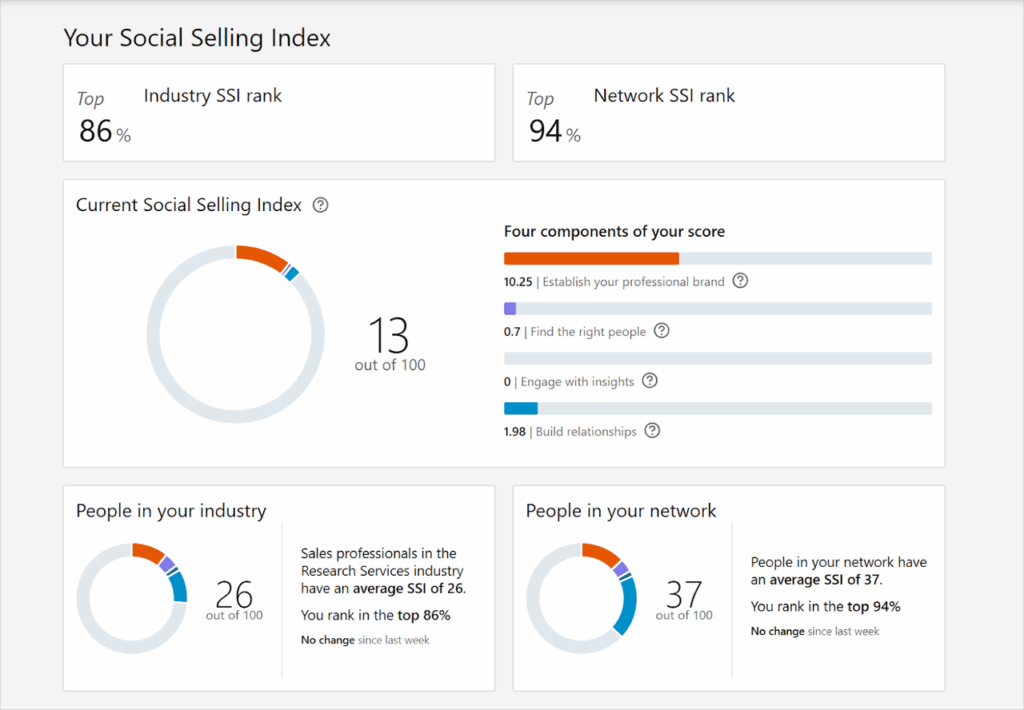
The SSI panel rates how you: establish a brand, find the right people, engage with insight, and build relationships. Use it to track gains after you optimize your profile and content.
A higher SSI means your profile and content are more likely to appear in search results. To raise it, stay active. Post consistently, comment on others’ content, and make new connections with people in your industry.
Look at where your traffic is coming from. Link to your LinkedIn profile from your website, blog, email signature, or any features like guest posts or podcasts. These referral sources send signals to LinkedIn and also give people more entry points to discover your profile.
Your engagement behavior matters too. Join LinkedIn groups, comment on posts in your space, and show up with value. When you engage consistently, more people click through to your profile, and LinkedIn sees that activity.
If you’re part of a company, make sure your Company Page is optimized. Fill out every section, link it to your profile, and keep it active. When your profile and company are connected, it makes both easier to find and improves visibility for both pages.
Also, use LinkedIn’s built-in analytics. Go to the “Search Appearances” panel. See which keywords are bringing people to your profile. If you’re showing up for “content manager” but want to be found for “content strategist,” tweak your headline, About section, or skills accordingly.
Watch which formats perform best. If carousels consistently outperform polls, lean into them. Data gives you direction, so let it guide your SEO strategy.
These steps really boost SEO in LinkedIn, showing you not only how to improve SEO on LinkedIn but also how to create effective LinkedIn content visibility strategies.
Common LinkedIn SEO Mistakes to Avoid
Even with a strong profile, it’s easy to make small mistakes that quietly drag down your visibility. Here’s what to watch out for.
One of the biggest issues is keyword stuffing. Adding a pile of phrases like “SEO SEO SEO, digital marketing ninja, growth guru” doesn’t help. It hurts. LinkedIn’s algorithm can detect low-quality, spammy profiles, and real people tune out when things feel forced. Stick to natural phrasing that shows real expertise.
Another common issue is inconsistent messaging. If your LinkedIn profile says “digital strategist” but your website calls you a “copywriter,” it creates confusion. Recruiters and clients won’t take time to decode your brand. Align your messaging across platforms, especially in your headline, About section, and job titles.
Privacy settings can also limit your visibility. If your profile or content is only visible to connections, you’re cutting yourself off from showing up in search. Check your settings. If you want discoverability, make sure your profile and posts are set to “Anyone.”
Then there’s hashtag overload. Tagging every post with 15 or more hashtags doesn’t expand your reach, it makes you look disorganized. Stick to three to five relevant hashtags, and only tag people or companies if they’re directly involved. Over-tagging can lower engagement and annoy your network.
Finally, don’t s☐ kip important profile sections. Leaving your About section, Experience, Skills, or Featured Content blank is a missed opportunity for keyword optimization. LinkedIn favours complete profiles, and every field you skip reduces your visibility.
If you want to rank, you need to be intentional. Every part of your profile is an opportunity to show up in search. Don’t waste it.
2025 LinkedIn SEO Checklist
To wrap up, here’s a concise LinkedIn SEO checklist you can use to audit and optimize your profile and content quickly.
Use this as a reference to ensure you haven’t missed any key steps in making yourself discoverable on LinkedIn:
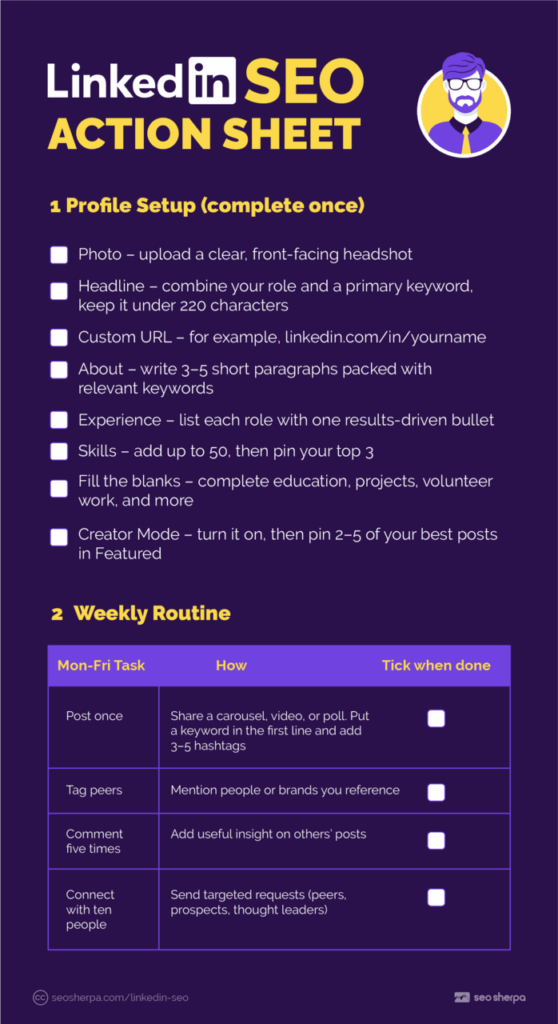
Need Help With Strategy? Let’s Talk!
Not sure where your LinkedIn profile or content is falling short?
Book a Free Discovery Call to see what’s holding your site back and how we’ll fix it.

You’ll walk away with clear, actionable steps tailored to your LinkedIn goals.
LinkedIn Is a Search Engine, Start Optimizing for It
People are actively searching for your expertise on LinkedIn right now. If your profile isn’t optimized, you might never appear in their results.
By focusing on keyword placement, profile completeness, and consistent content, you make yourself visible in the places where decision-makers are already looking.
Take a few minutes to review your headline, About section, skills, and connections. Then, publish or share a post that puts your expertise front and center. This kind of steady effort helps you rank higher over time.
In the next article in our Search Everywhere Optimization series, we’ll examine another key platform: optimizing your product listings and presence on Amazon.


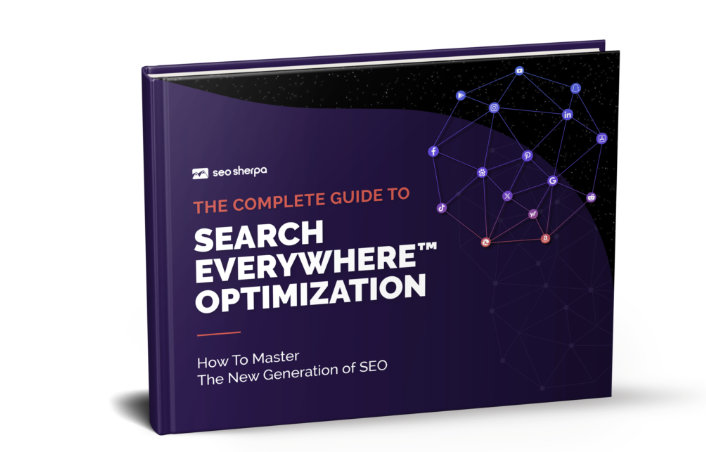



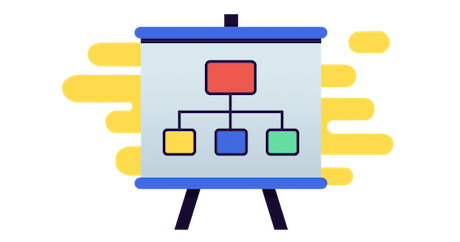
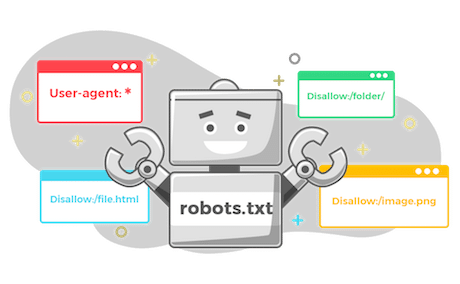

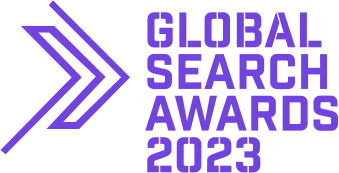


Leave a Reply